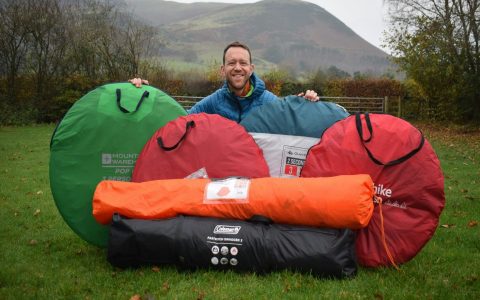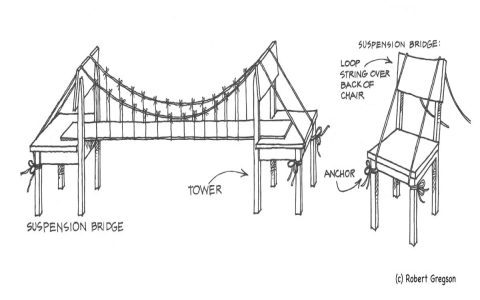Here's a fast-track guide to deploying inflatable structures efficiently while ensuring safety and stability.
Pre-Setup: Crucial Preparation (The Key to Speed)
- Inspect Everything First: Unpack and check all pieces: structure, blower(s), stakes, ground stakes/ballast bags. Look for punctures, rips, or missing components. Repair kits are essential.
- Prepare the Site: Clear the area thoroughly. Remove sharp rocks, sticks, debris, and anything that could puncture the vinyl. Ensure the ground is as level as possible.
- Unroll & Position: Roll out the structure on the clean site. Quickly flatten it and position it approximately where the final setup will be. Orient doors/entrances correctly.
- Gather Anchoring Gear: Have all stakes, hammers, ballast bags, sand, or tie-downs ready before inflation.
- Position the Blower: Place the blower near the intake tube(s). Ensure the intake isn't obstructed and the exhaust blows away from the structure for airflow.
Setup Phase: Fast Inflation & Anchoring
- Secure Intake Tube: Attach the blower nozzle firmly to the structure's intake tube(s). Use Velcro straps, zippers, or buckles provided. Double-check this seal – air leaks cause slow inflation.
- Partially Anchor: Immediately drive stakes or attach ballast bags to at least 2-3 key anchor points (usually corners) on the windward side (side facing the wind). NEVER inflate without partial anchoring!
- Start Inflation: Power on the blower. The structure will start filling. Monitor as it lifts off the ground.
- Complete Anchoring During Inflation: As the structure inflates (within 30 seconds to 3 minutes typically), quickly run around and secure ALL remaining anchor points firmly. Use manufacturer-specified stake quantity/pattern. Pull tie-down straps taut. Drive stakes at a 45° angle away. Apply heavy ballast bags/sandbags on base plates/tracks.
- Monitor Full Inflation: Wait until the structure is rigid (usually 1-5 minutes depending on size/power). Doors/windows will pop into place smoothly. Listen for the blower note changing as pressure builds.
- Final Checks: Ensure all doors, zippers, and flaps are securely closed. Tug on all anchor points to confirm they are solid. Check blower is running smoothly and intake/exhaust are clear.
Pro Tips for Maximum Efficiency
- Teamwork: Use 2-3 people: one manages the blower and initial anchors, others secure the remaining points rapidly during inflation.
- Power Source: Ensure adequate extension cord (correct gauge & length) and stable power supply for the blower.
- Blower Operation: Never leave the blower unattended once starting inflation until full anchoring is complete.
- Wind Awareness: Be extra vigilant anchoring in windy conditions. Strong gusts can turn an unsecured structure into a dangerous projectile.
- Double Bag Ballast: If using sandbags/weight bags for indoors or hard surfaces, ensure they are adequately heavy and positioned correctly on support points.
Safety First: Critical Considerations
- Anchoring is Non-Negotiable: A fully inflated structure has enormous wind resistance and must be anchored at every designated point, regardless of weather.
- Monitor Weather: NEVER use inflatables during high winds (typically >15-20 mph - check manufacturer limits), thunderstorms, lightning, or heavy snow load. Deflate immediately if bad weather approaches.
- Keep Clear: Maintain a safe perimeter around the structure, especially during inflation/deflation.
- Supervise: Ensure trained personnel monitor the structure and blower constantly during operation.
Troubleshooting Slow Inflation
- Major Air Leak: Check intake connection seal. Inspect seams for gaps (tape temporarily if needed).
- Blocked Intake: Check intake screen/duct for debris.
- Undersized/Overheated Blower: Ensure blower matches structure requirements. Is it running at full power? Check for overheating.
- Obstruction: Ensure the structure isn't pinched or caught on something preventing inflation.







